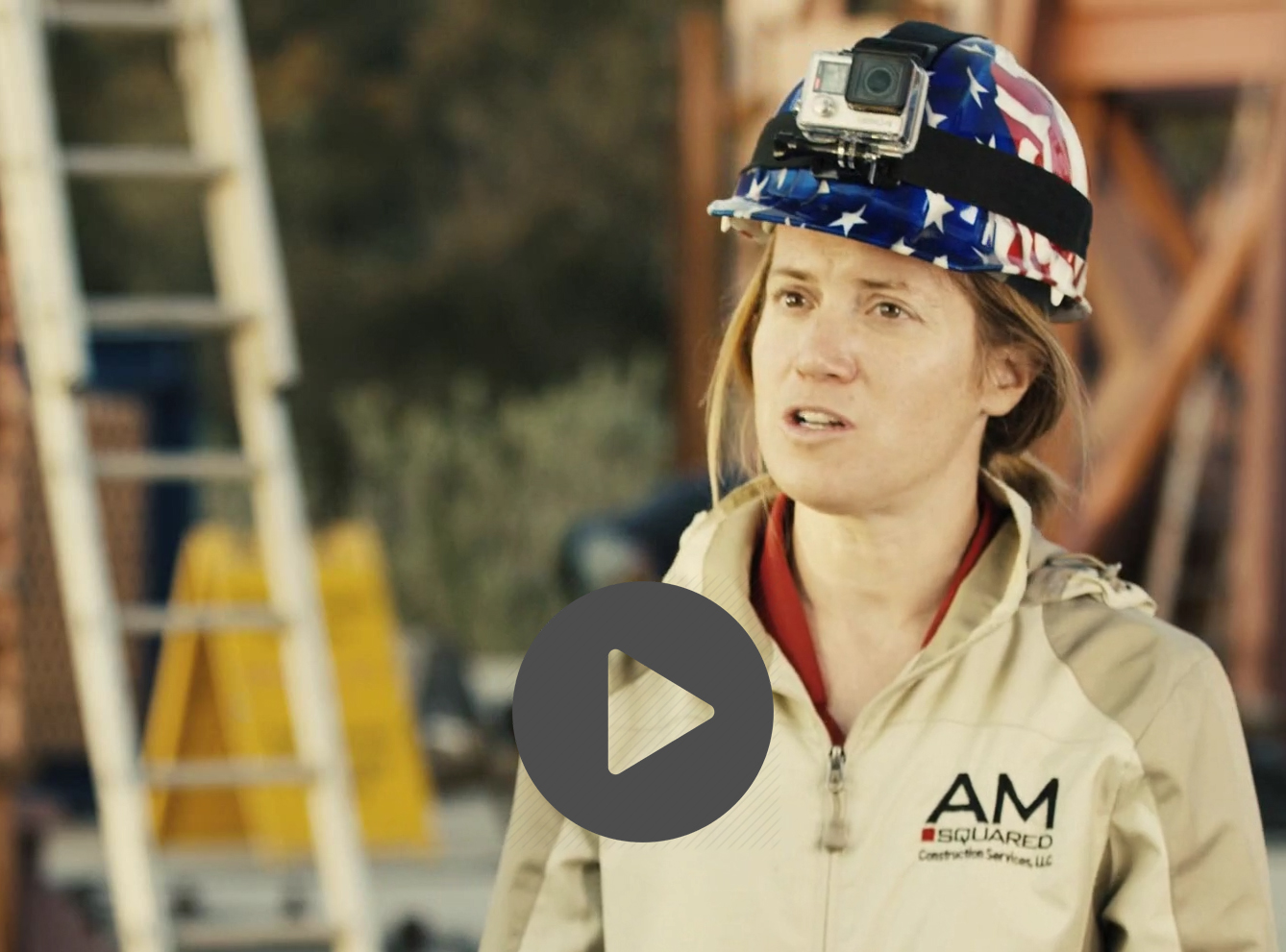Amy Cerato, helical pile researcher and CEES associate professor conducted tests at the University of California-San Diego on the world's largest shake table.

WELCOME TO OU GEOTECHNICAL ENGINEERING
The geotechnical and geoenvironmental programs in the School of Civil Engineering and Environmental Science have two primary objectives:
- Provide quality education
- Develop and maintain strong research programs of regional and national significance in the areas of geotechnical engineering, geoenvironmental engineering and geomechanics
This program is designed to provide students with a fundamental understanding of:
- The behavior of geologic media
- Structures constructed on or using these geologic media
- Contributions of geologic media to environmental problems and solutions.
Students may earn a master's or doctoral degree in civil engineering with an emphasis in geotechnical engineering or geoenvironmental engineering. The program emphasizes both analytical/numerical and experimental methods that aid in the advancement of modeling, analysis and design.
CEES Graduate Programs
The CEES Geotechnical Engineering program has two primary missions: provide quality education at both the undergraduate and graduate levels, and develop and maintain strong research programs of regional and national significance in the areas of geotechnical engineering and geomechanics.
These programs are designed to provide students with fundamental understanding of the behavior of geologic media, of structures constructed on or using these geologic media and of the contributions of geologic media to environmental problems and solutions. The topics studied relate to static and dynamic behavior of soils; soil-structure interaction; constitutive modeling; unsaturated soil mechanics; large and small scale laboratory evaluations of soil properties; foundation engineering; the influence of physicochemical properties on mechanical behavior of soils and in situ testing and centrifuge modeling of static and dynamic behavior of soils, including pollutant transport processes. The program strongly encourages interaction between the various disciplines of soil mechanics, geomechanics and environmental engineering. The program emphasizes both analytical/numerical and experimental methods that aid in the advancement of modeling, analysis and design.
Faculty research interests cover a broad spectrum of geotechnical and geo-environmental engineering. Current research areas include constitutive modeling, soil-structure interaction, consolidation, behavior of shallow and deep foundations, laboratory and in-situ testing of soils, bridge approach settlement, resilient modulus, soil stabilization and soil aggregate pavement materials, dispersive and swelling clays, pore collapse in unconsolidated and poorly consolidated reservoir rocks, ground surface subsidence and mine collapse, pavement dynamics including vehicle-guideway interaction and non-destructive testing, slope stability, seepage flow through porous media, soil liquefaction, application of numerical methods to complex geotechnical engineering, rock mechanics and mining problems, static and seismic design of landfills, applications of geosynthetics in geotechnical and transportation engineering, physico-chemical behavior of soils governing the migration of pollutants through soils, centrifuge modeling and soil behavior including saturated and unsaturated soils.



